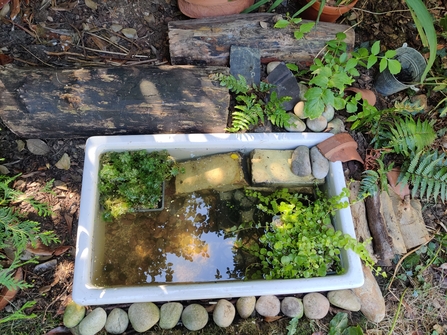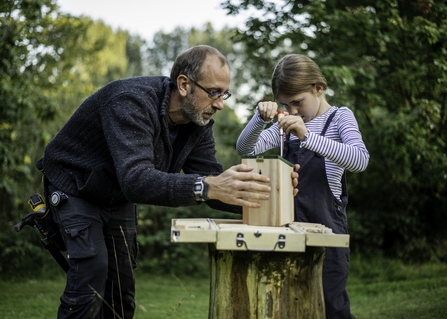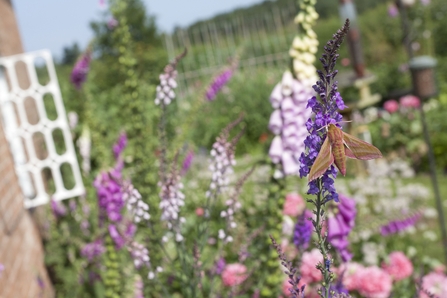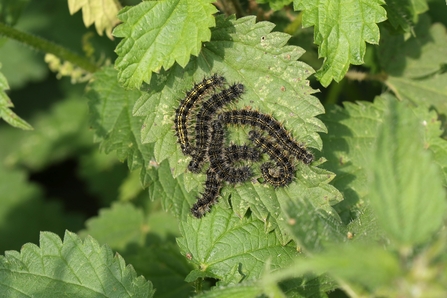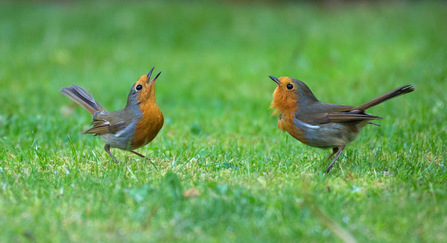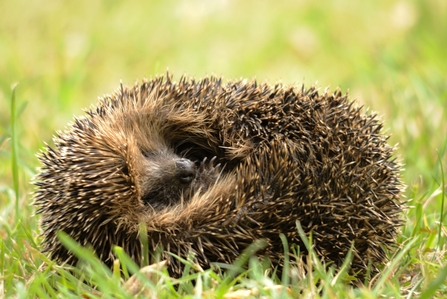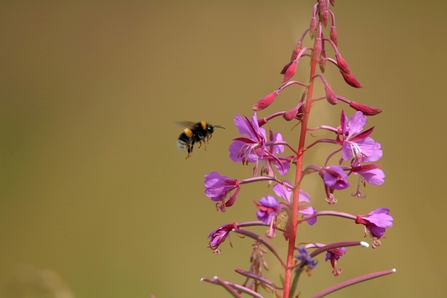Spring is here and whilst we might have been looking out on our gardens over the winter months, pondering sunnier days ahead, now is the time to get outside and prepare to make our green spaces wilder!
Did you know that if we were to combine all of our gardens nationwide, they add up to an area greater than all of the Wildlife Trust’s nature reserves across the UK? That goes some way to showing how important they are – whether a small balcony, a window ledge, yard or country pile, your outdoor space is part of the jigsaw – a rich mosaic and wider network of natural havens, linking urban green spaces with nature reserves and the wider countryside.
Every little action that you can take, from a small feature, such as a bird bath supplying fresh drinking and bathing water for birds, to a complete overhaul in making your garden wildlife-friendly for a wide variety of species, will make a difference for wildlife.
Let’s take a look at some of the ways you can get wilder as you step into your outside space this spring.


